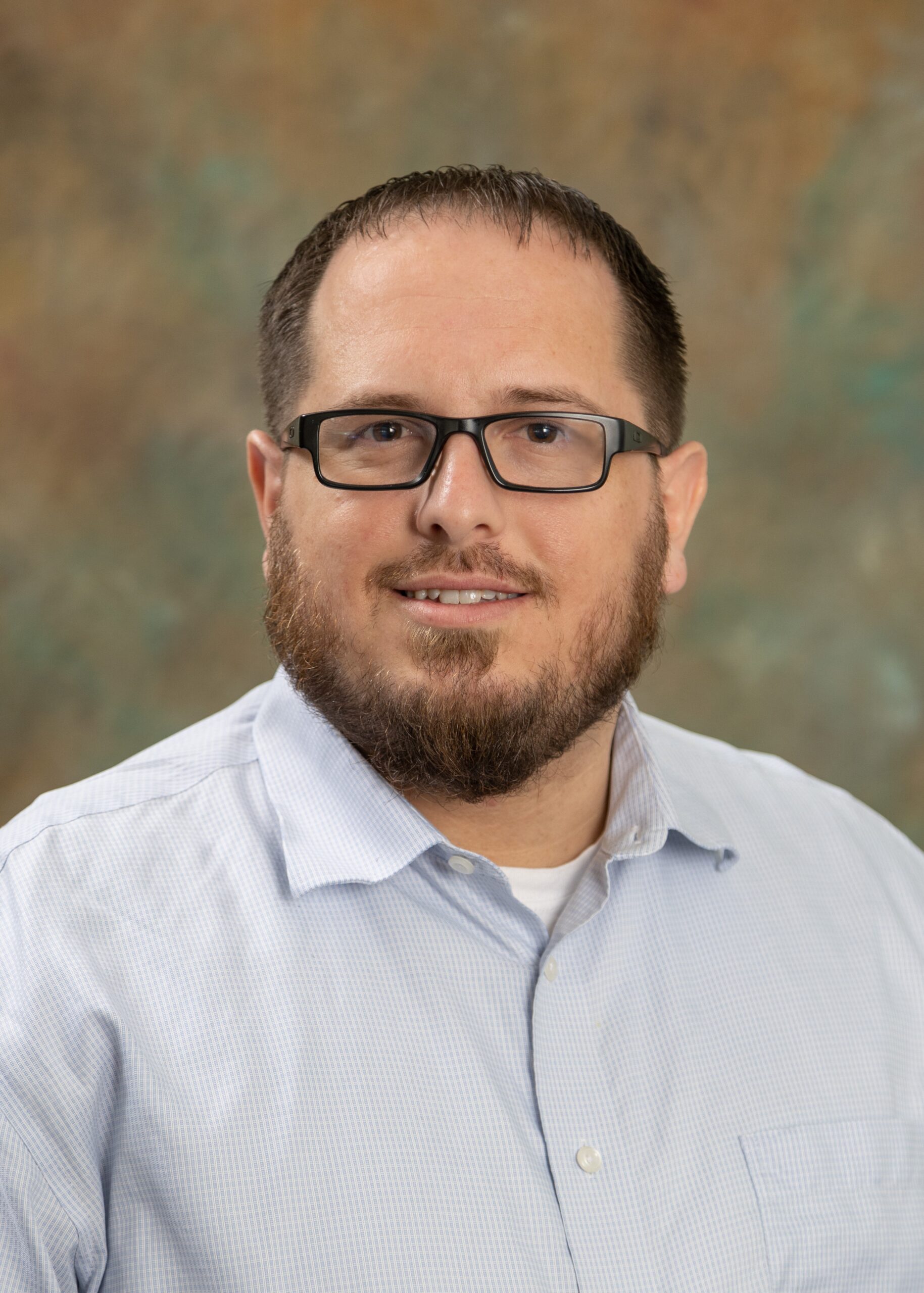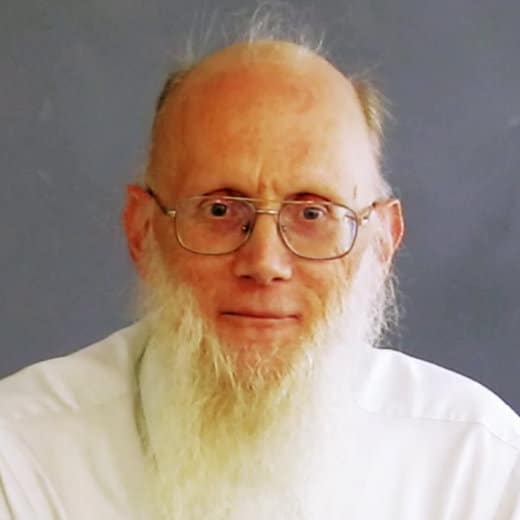School Subjects
Board & Administration
Teaching & Learning
Building Momentum with a Curriculum Review Committee
★★★★★
Arlyn Nisly April 13, 2018Does your school have a method for choosing curriculum? Does your method allow for thoughtful buy-in from the board, teachers, and patrons? In this video, Arlyn describes the process of evaluating, selecting, and implementing curriculum at Pilgrim Christian School in Hutchinson, Kansas. Beginning with the philosophy of the subject area, the committee works proceeds through purpose, implementation, and specific curricular choices.
Footage of writing in notebook provided by Videezy.comWe’ve gotten a momentum that you can lose without something like this in place. You’ve probably seen it happen. A teacher works hard to find material that fits her style and what she perceives to be the needs for her room and then she asks the principal or the board about this and they okay it. And then the school and the teacher invest a lot of resources into this change. And then several years later another teacher comes in and struggles with that curriculum and the process starts all over. You lose momentum. You waste resources and the students can suffer too. With each teacher or a piecemeal approach, you can end up with gaps or overlaps.
It started a number of years ago… I’m guessing five by now. Our board initiated, or actually commissioned me to begin, the curriculum review process. They handpicked a committee to work with me.
When you’re looking for people to work on this committee I’d suggest that you be careful about getting current full-time teachers. They’ve got their plate pretty full. This is time consuming. Homeschool moms, part time teachers, former teachers, former principles—I think they’re good candidates for this kind of work.
It seems to be the nature of people who are willing to serve on a committee like this that we have a vision for a lot of things. Not all of us are equally gifted with a good dose of realism and that’s okay. We need visionaries and we need realism, and it’s just not too often that they end up being the same person.
We kind of have as a default during the school year one evening a week, several hours—an hour and a half actually. If we get to the crunch in early summer or sometime and need to make some final decisions then we will do a bit of a marathon and they spend a half a day or a day working on it.
In terms of methodology and resources—a book that gives a great foundation for this kind of work is Steppingstones to Curriculum by Haro van Brummelen. I assume that most people want to start with some kind of document. We’ve chosen to begin with a philosophy statement that outlines what we believe relative to a content area. What are the foundational truths and convictions, what are the axioms, we call it, that shape the way our school community thinks about this content area? It is important to think these things through carefully, we’ve discovered, and to write them carefully.
Our next step is to write a purpose statement. We start off with a line like: “We seek to equip students to…” It’s a little hard not to move right into the, “Oh I like that curriculum a lot,” or, “Here’s an idea for a program,” but this step—building this step on top of the foundation of philosophy statement, is really where I think the work has to go before you get to implementation.
Here’s some examples from our science document. “We seek to equip students to become worshippers of the Creator, observers and identifiers”—that’s referring to, you know, understanding trees and flowers and birds and whatever else—and managers and apologists. We want them to be able to explain from science, as much as science can, why we believe in a Creator God, for example. The struggle to come to this point is a huge part of the value of this document. We look for sample documents, too, and use those as a springboard. But no, our documents are not that perfect and even if they were they don’t fit your situation exactly. You need to craft your own.
Our next step is actually kind of two in one. We talk about implementation guidelines and curriculum choices but we don’t address first one and then the other—they end up kind of merging and building on each other.
In terms of implementing the changes—I can’t over emphasize making sure that the board has carefully and thoroughly evaluated the philosophy statement and the purpose statement. What you really don’t want is to implement some kind of major change and then get some resistance and discover that the board doesn’t embrace what you’ve just undertaken to do.
I think it’s true that the teachers may lose some autonomy in this process and I for one don’t want to stifle a creative teacher but I would like to think that teachers will be on board well enough with the overall program of the school that they’ll be willing to work with us on the best implementation of the curriculum for their grade. We try not to tie their hands. I think it’s important that we don’t. We try before we get to rollout, before we actually finalize our decisions on curriculum, to give teachers who are going to be impacted a chance to look at the stuff and give their input. It’s also important after implementation to be listening to teachers. One part of our science program has been tweaked every year almost because we started out like this and teachers came back and said that’s just not working so we tried this and that didn’t work much better. Finally, by about the third year we were at something that seems to be sustainable. That’s just the nature of tweaking a new program to make it work.
If I can put in a plug, I can just heartily recommend that people work on this with their school. If you’re not a board member, suggest it to the board. I’m convinced that this initiative has to come from the board.The result is that this committee and the staff—for sure those two groups—have become more thoughtful about the mission of the school—what is it that we’re wanting from school.
Grades:
Resource Type:




Leave a Reply